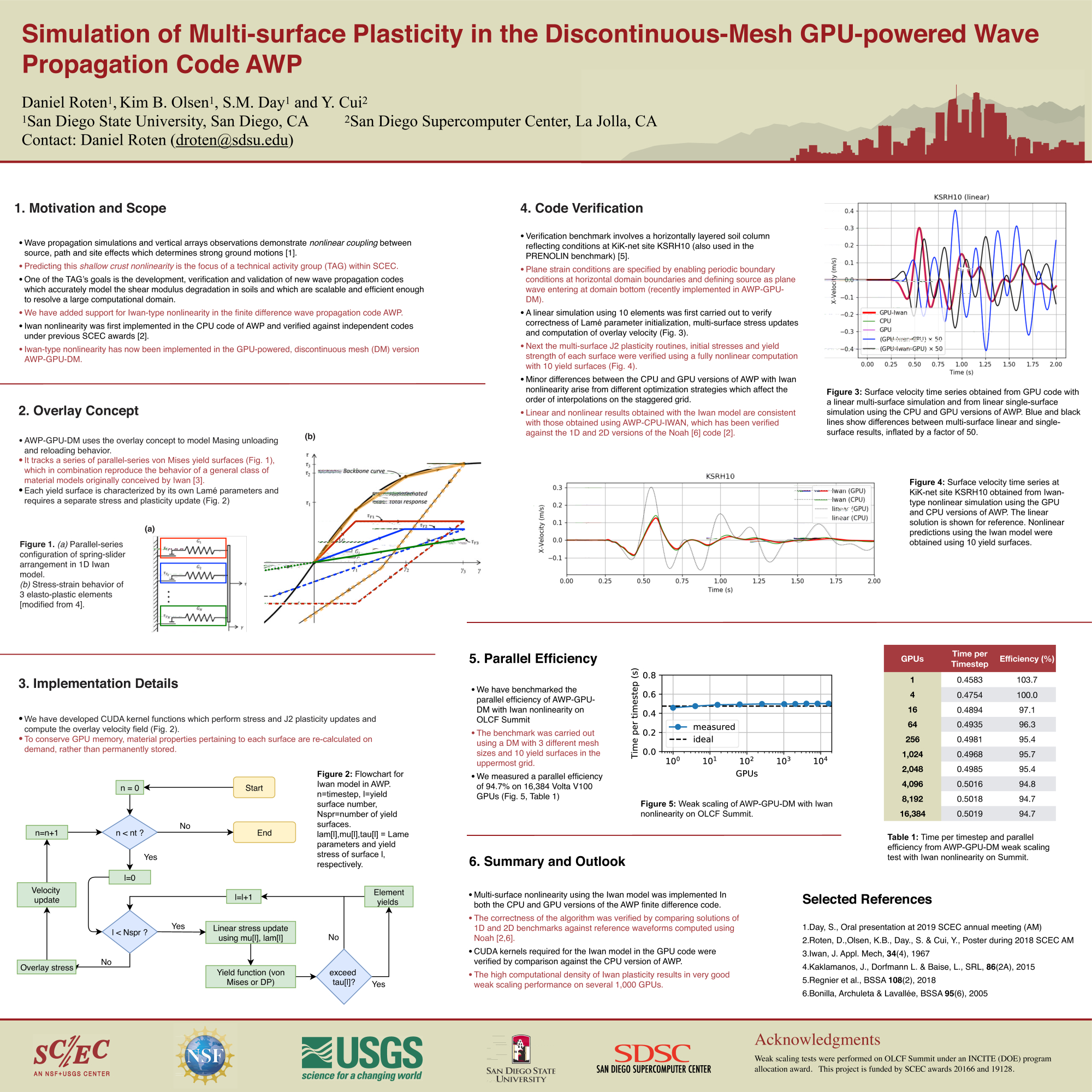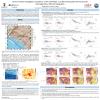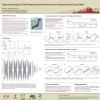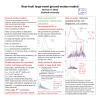Poster #201, Ground Motions
Simulation of Multi-surface Plasticity in the Discontinuous-Mesh GPU-powered Wave Propagation Code AWP
Poster Image:

Poster Presentation
2020 SCEC Annual Meeting, Poster #201, SCEC Contribution #10681 VIEW PDF
d against independent nonlinear site response estimation methods. The code prototype was also successfully deployed for the simulation of a M 7.8 San Andreas scenario earthquake with realistic near-surface nonlinearity for frequencies up to 0.5 Hz.
Increasing the resolution of such simulations to cover the entire frequency range of engineering interest is challenging for two reasons. First, the computational cost of Iwan-type nonlinearity is about N times higher than a bilinear simulation (with a single von Mises yield surface), where N ≧ 10 is the number of yield surfaces. Second, the shear modulus degradation reduces seismic wavelengths in soils undergoing strong deformation, which limits the maximum frequency that can reliably be propagated during a FD simulation. Nonlinear San Andreas scenario simulations with 10 yield surfaces, for example, predict widespread shear modulus degradations of more than 50% in the San Bernardino basin.
In order to address these limitations, we have implemented Iwan-type nonlinearity in the discontinuous-mesh, accelerated code version AWP-GPU-DM. The code supports multiple yield surfaces in the uppermost, highest-resolution mesh which is dimensioned to encompass shallow, nonlinear low-velocity sediments. At greater depth, the grid spacing is increased stepwise (by a factor of 3 at each DM interface) to represent higher-velocity, linear rocks. The accuracy of stress and nonlinearity kernels was verified against the CPU version and independent codes using simple 1D and 2D site response case studies. We have benchmarked the code’s parallel’s performance using 16,384 V100 GPUs on OLCF Summit and recorded a parallel efficiency of more than 85% in weak scaling.
SHOW MORE
Increasing the resolution of such simulations to cover the entire frequency range of engineering interest is challenging for two reasons. First, the computational cost of Iwan-type nonlinearity is about N times higher than a bilinear simulation (with a single von Mises yield surface), where N ≧ 10 is the number of yield surfaces. Second, the shear modulus degradation reduces seismic wavelengths in soils undergoing strong deformation, which limits the maximum frequency that can reliably be propagated during a FD simulation. Nonlinear San Andreas scenario simulations with 10 yield surfaces, for example, predict widespread shear modulus degradations of more than 50% in the San Bernardino basin.
In order to address these limitations, we have implemented Iwan-type nonlinearity in the discontinuous-mesh, accelerated code version AWP-GPU-DM. The code supports multiple yield surfaces in the uppermost, highest-resolution mesh which is dimensioned to encompass shallow, nonlinear low-velocity sediments. At greater depth, the grid spacing is increased stepwise (by a factor of 3 at each DM interface) to represent higher-velocity, linear rocks. The accuracy of stress and nonlinearity kernels was verified against the CPU version and independent codes using simple 1D and 2D site response case studies. We have benchmarked the code’s parallel’s performance using 16,384 V100 GPUs on OLCF Summit and recorded a parallel efficiency of more than 85% in weak scaling.
SHOW MORE





















































